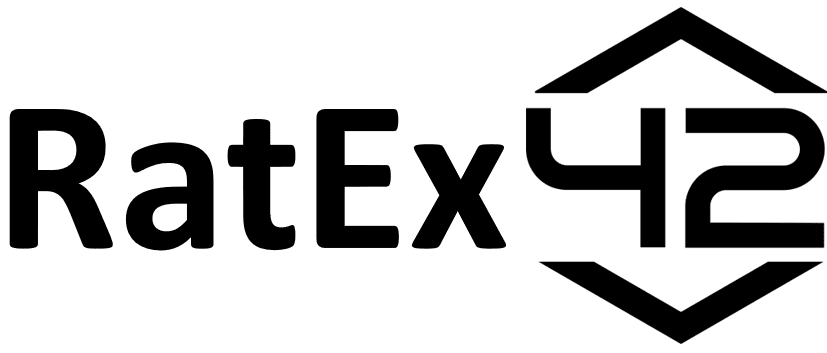Overview
Precious metal-backed stablecoins represent a niche segment within the broader stablecoin market, designed to offer the stability of traditional precious metals like gold and silver combined with the flexibility of digital assets. They cater to investors looking for a digital asset with intrinsic value, inflation protection, and relatively low volatility. This analysis explores their purpose, structure, market demand, regulatory landscape, advantages, risks, and compares them with other types of stablecoins.
1. Purpose and Structure
Precious metal-backed stablecoins serve as a unique financial product, providing:
- Stability: Pegged to the value of metals such as gold or silver, these tokens mitigate the price volatility seen in traditional cryptocurrencies.
- Inflation Hedge: Gold, in particular, has historically been a hedge against inflation, currency depreciation, and economic instability.
- Digital Accessibility: Investors can gain exposure to fractional ownership of precious metals without the need for physical storage or security concerns.
Each stablecoin is structured to maintain a 1:1 backing with a specified amount of precious metal, ensuring that every token corresponds to a physical asset. Popular examples include:
- Tether Gold (XAUT): Backed by 1 troy ounce of gold per token.
- PAX Gold (PAXG): Linked to 1 troy ounce of London Bullion Market Association (LBMA)-certified gold.
- Digix Gold Token (DGX): Represents 1 gram of gold per token, appealing to smaller-scale investors.
2. Market Demand and Use Cases
The demand for precious metal-backed stablecoins is fueled by:
- Portfolio Diversification: These tokens allow crypto investors to diversify into an asset class with a long-standing reputation for preserving value.
- Risk Management: In times of economic uncertainty or cryptocurrency market volatility, these stablecoins act as safer alternatives compared to fiat-backed stablecoins.
- Cross-Border Transactions: In jurisdictions with unstable local currencies, precious metal-backed tokens provide a trusted medium of exchange.
3. Regulatory Landscape
Precious metal-backed stablecoins often face distinct regulatory challenges, as they may be classified differently depending on the jurisdiction:
- Commodity Classification: These stablecoins may be regulated as commodities rather than currencies, subject to gold and precious metal trading laws.
- Issuer Compliance: Issuers must comply with anti-money laundering (AML) and Know Your Customer (KYC) regulations and ensure proper auditing of their physical reserves.
For instance:
- PAX Gold is regulated by the New York Department of Financial Services (NYDFS).
- Tether Gold complies with Swiss regulations but faces scrutiny due to its broader legal history.
- DigixDAO, the issuer of DGX, operates transparently but lacks stringent regulatory oversight.
4. Advantages of Precious Metal-Backed Stablecoins
- Intrinsic Value: Unlike fiat-backed stablecoins, which are tied to inflation-prone currencies, precious metals have intrinsic value derived from their industrial and investment uses.
- Inflation Protection: Precious metals like gold maintain their value during inflationary periods, making these stablecoins attractive during economic downturns.
- Stability and Security: Precious metal prices are relatively stable compared to other asset classes, making them appealing to risk-averse investors.
- Integration with Digital Finance: Precious metal-backed stablecoins can be used in decentralized finance (DeFi) for lending, borrowing, and yield farming, bridging traditional commodities and modern digital assets.
5. Risks and Challenges
- Storage and Custody Costs: The physical storage of gold and other metals involves security, auditing, and insurance expenses, which are passed on to token holders as fees.
- Regulatory Compliance: Due to differing national regulations, these stablecoins can face barriers to global adoption.
- Market Liquidity: Precious metal-backed stablecoins are less liquid than major fiat-backed stablecoins, resulting in wider trading spreads.
- Counterparty Risk: The stability of these tokens relies on the issuer’s ability to maintain the physical backing. If reserves are insufficient or not properly audited, the token may lose its peg.
6. Key Precious Metal-Backed Stablecoins
- Tether Gold (XAUT):
- Issuer: Tether Limited.
- Backing: 1 troy ounce of gold per XAUT, stored in Swiss vaults.
- Regulation: Complies with Swiss regulations but faces scrutiny due to Tether’s broader legal challenges.
- Use Case: Primarily used for hedging and long-term holding by investors seeking exposure to gold.
- PAX Gold (PAXG):
- Issuer: Paxos Trust Company.
- Backing: 1 troy ounce of LBMA-certified gold per PAXG, stored in London vaults.
- Regulation: Operates under NYDFS regulations, making it a preferred choice for institutional investors.
- Use Case: Suited for both retail and institutional investors seeking a compliant gold-backed digital asset.
- Digix Gold Token (DGX):
- Issuer: DigixDAO.
- Backing: 1 gram of gold per DGX, stored in Singapore.
- Regulation: Lacks stringent regulatory oversight but offers high transparency through its Proof of Provenance protocol.
- Use Case: Popular among small investors due to its low denomination.
7. Comparison to Fiat-Backed Stablecoins
- Transparency: Precious metal-backed stablecoins typically offer higher levels of transparency and regular audits compared to some fiat-backed counterparts, such as Tether (USDT).
- Risk Profile: Fiat-backed stablecoins depend on the stability of the issuing financial institution, whereas precious metal-backed stablecoins rely on secure vault storage.
- Utility: Fiat-backed stablecoins (e.g., USDC, USDT) are more widely used in trading, DeFi, and cross-border payments due to their liquidity and widespread acceptance. Precious metal-backed stablecoins are primarily used for long-term value storage and as a hedge against inflation.
Conclusion
Precious metal-backed stablecoins serve as a bridge between traditional commodities and digital finance, offering intrinsic value, inflation protection, and a stable alternative for investors wary of fiat volatility. While PAX Gold is the top choice for institutional-grade gold-backed digital assets, Digix Gold Token appeals to small-scale investors. Tether Gold, despite its potential, remains under heightened scrutiny due to Tether Limited’s broader legal issues.
Overall, these stablecoins cater to a specific market segment, balancing traditional value preservation with digital liquidity, but their growth is hindered by regulatory complexities, storage costs, and lower market liquidity compared to major fiat-backed options.
